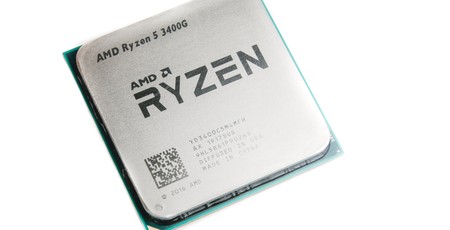
Overclocking
We didn't have much luck with the Ryzen 5 2400G, only managing to push the all-core CPU frequency to 3.85GHz using a vcore of 1.425V, and the GPU frequency refused to budge, even if we pushed the GPU and SoC voltage up to 1.15V. The Ryzen 5 3400G, on the other hand, was much more amenable, reaching an all-core overclock of 4.1GHz, and it was happy for us to push the GPU frequency up to 1,650MHz from 1,400MHz, giving it a 400MHz advantage over its predecessor overall.
Performance Analysis
First and foremost is one small issue we had with the Ryzen 5 2400G. We've begun testing all CPUs with 3,466MHz memory, and every 1st Gen Ryzen CPU we've re-tested since Zen 2's launch has played ball. While the Ryzen 5 3400G gave us no issues, the Ryzen 5 2400G refused to go higher than 3,200MHz, meaning that it's technically at a slight disadvantage compared to the rest of the CPUs in the graphs, so just bear that in mind. Also, our testing of both APUs was done on an X470 motherboard due to the fact the Ryzen 5 2400G is incompatible with X570 boards, and our usual X570 motherboard also lacks video outputs. This will likely mean the power numbers are slightly lower given we're not dealing with the power-hungry X570 chipset.
In Premiere Pro, the Ryzen 5 3400G was a good deal quicker at stock speed than its predecessor, but while it had two more threads than the Core i5-9400F and Core i5-9500F, both the latter were noticeably quicker. That trend continued in HandBrake too - the move from Zen to Zen+ offering sizeable dividends but lacking the grunt of Zen 2. Only in the less multi-threaded PCMark Photo Editing test was it able to match the Core i5-9400F, and when overclocked it was quicker than the Core i5-9500.
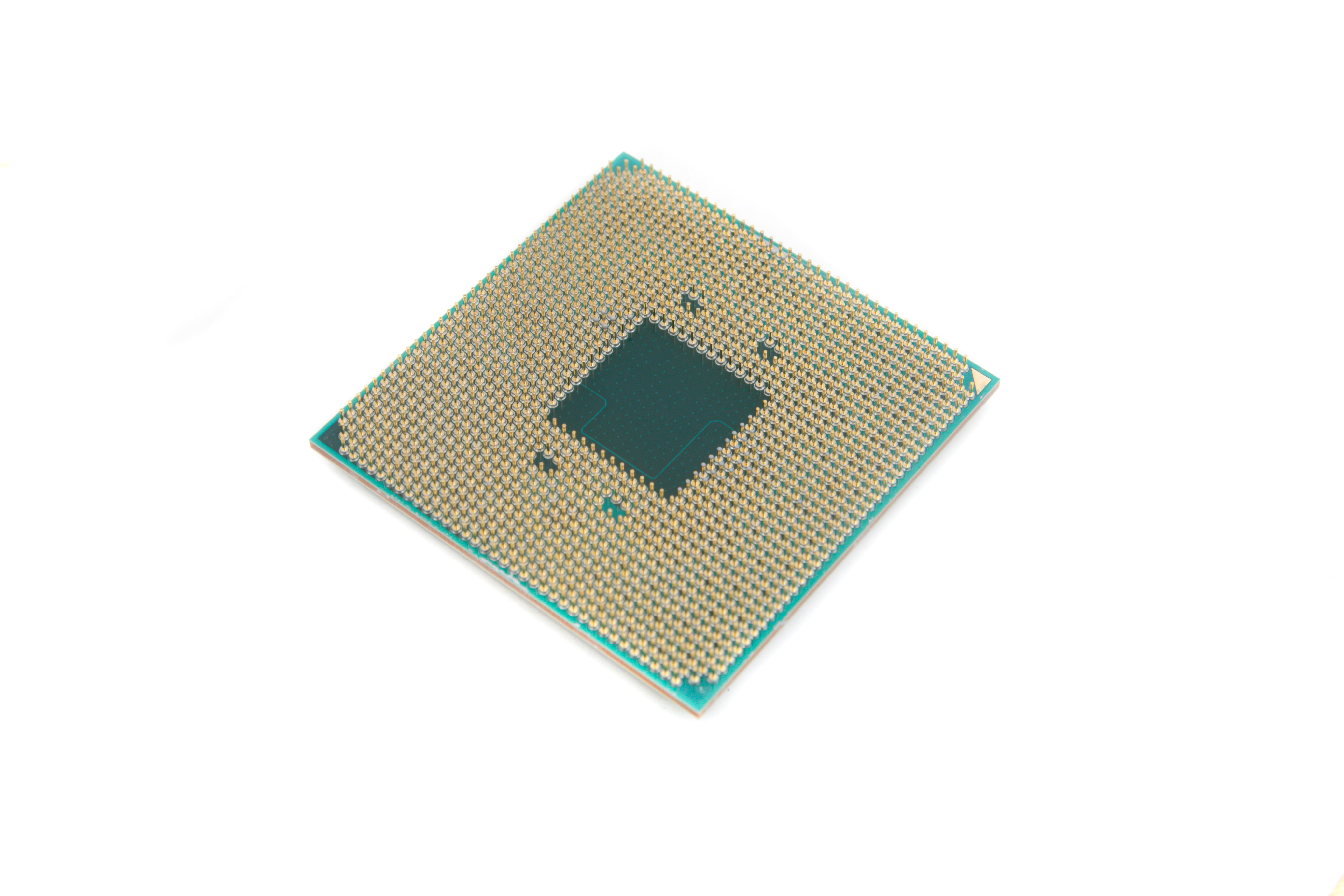
It was back down to Earth with a bump in Cinebench's single-threaded test, with a similar score to the Ryzen 5 2600, leaving it a huge way behind the slowest Zen 2 CPU as well as Intel's cheaper offerings. Stepping up to AMD's beloved multi-threaded test and once again the lack of more than four cores hurt it, and the absence of the Zen 2 architecture does the Ryzen 5 3400G no favours; it again achieves noticeable gains over the Ryzen 5 2400G but still occupies a lowly place in the graph next to CPUs with more modern internals.
Things are rather cramped in the lower echelons of our game tests when using a discrete GPU, and unsurprisingly the APU was mixing it up with other Zen+ CPUs, with a 99th percentile frame rate of 80fps at stock speed and 82fps once overclocked in Dota 2, which sits around the Ryzen 5 2600X mark, albeit with a much lower average frame rate. Far Cry 5 saw that situation reversed with a slightly higher average frame rate going to the Ryzen 5 3400G, which is maybe not surprising seeing as it has the same 4.2GHz peak boost and 100MHz higher base frequency. Civilization VI performance was again fairly similar to the Ryzen 5 2600X and Ryzen 5 2400G, and both Intel's lower-tier 9th Gen CPUs and AMD's 3rd Gen Ryzen CPUs offer much lower turn times here. Finally, the 3DMark Time Spy result sums up the CPU performance in the face of more modern architectures, with distant last and second-last places for the two APUs.
Switching to the onboard graphics, and Intel is mostly nowhere here, reduced to a stuttery mess in three out of our four tests, but Dota 2 appeared not to mind mediocre graphics performance at the lowest detail setting at 1080p. where it was certainly playable and not too far behind the Ryzen 5 2400G. However, a near 20fps difference in the 99th percentile and average frame rates mean that for a cheap gaming CPU you'd still be mad to opt for Intel graphics. Only the AMD APU obtains anything near playable frame rates in Far Cry 5, offering a reasonable performance bump over its predecessor (the faster memory probably plays a part too) and wiping the floor with the Core i5-9500.
Power consumption figures were unsurprisingly low given we're dealing with at least 50 percent fewer cores than other CPUs on test.
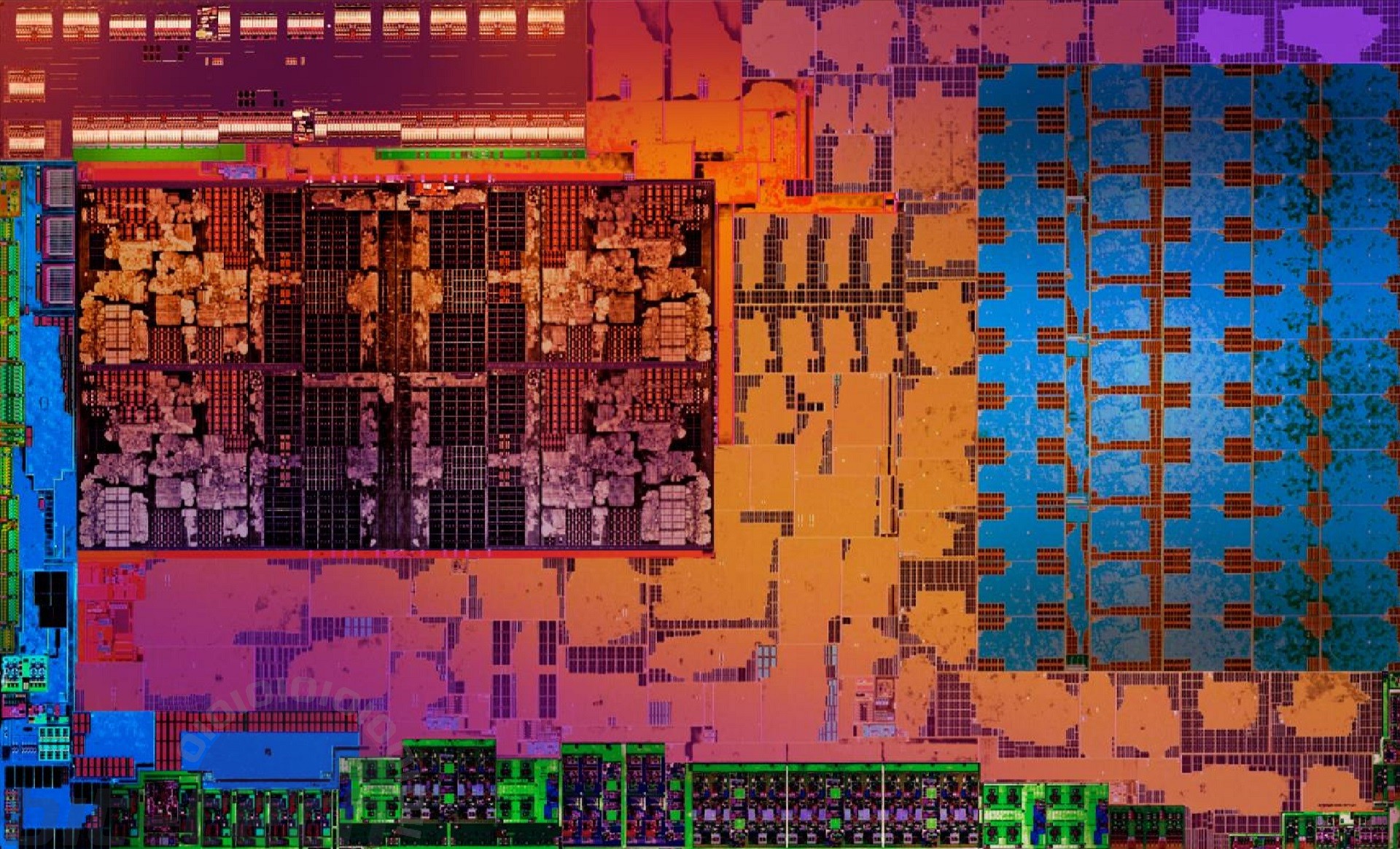
Conclusion
Ultimately, there's good and bad news here. We'll start with the bad news, which is that while the Ryzen 5 3400G is the new APU king and is better in every way than the Ryzen 5 2400G, especially when it comes to overclocking, its performance outside of games is poor compared not just to the competition, but to AMD's own Zen 2 CPUs as well. The likes of the Ryzen 5 3600 are light years ahead and really make you realise just how much more performance AMD added in July. The Ryzen 5 3400G looks quite dated, sporting an early 2018 architecture in late 2019, which is a testament to just how quickly things are moving.
Thankfully for AMD, the Ryzen 5 3400G doesn't really have any competition. You wouldn't consider it for system that will use a discrete GPU - the Ryzen 5 2600 or Core i5-9400F are cheaper and much faster in pretty much all tests, meaning that this is purely a product for those that can't afford to pair together separate processors. Here, the Ryzen 5 3400G is a great buy, as even 1080p will be doable in a fair selection of games if you dial down the settings (console-level doable, that is), and you could also consider 1,600 x 900, especially as monitors at that native resolution are readily available and cheap as chips.
What we'd really like to see, of course, is a Zen 2 version, as the gaps in content creation are rather large compared to current-generation CPUs. The 7nm Navi GPU architecture would be very welcome too, as gains in games are not exactly stellar compared to the Ryzen 5 2400G. For now, AMD can clear up in the budget space, and for an entry-level PC gaming system the Ryzen 5 3400G paired with an overclocking-capable motherboard is a great option regardless of its pitfalls elsewhere.


MSI MPG Velox 100R Chassis Review
October 14 2021 | 15:04

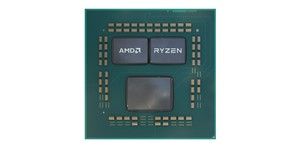
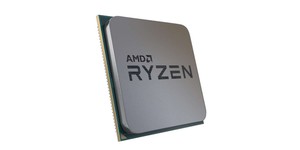
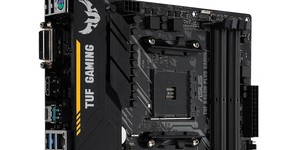




Want to comment? Please log in.